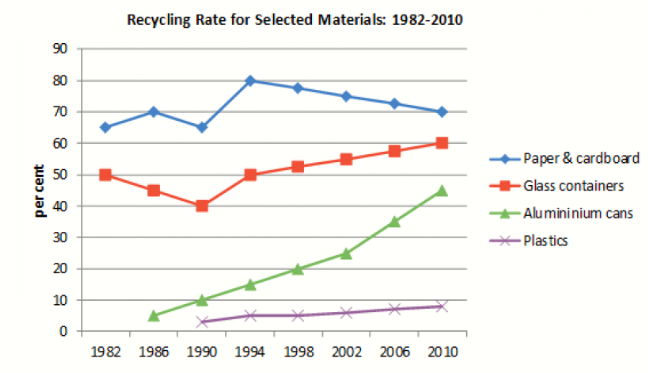In today’s globalized world, English has become the dominant language in business, science, and international communication. As a result, many educational systems prioritize teaching English over local languages, believing it provides students with better career prospects and opportunities. However, while learning English is undoubtedly valuable, I believe it’s equally important to preserve and promote local languages, which hold cultural, historical, and social significance.
Firstly, English fluency opens up many doors, allowing individuals to communicate with people from diverse backgrounds, access a wider range of information, and participate in global markets. For students, mastering English can enhance academic opportunities, particularly in fields like science and technology, where much of the literature and resources are in English. Therefore, I agree that learning English should be a priority in schools, as it equips students with a vital skill for the modern world.
However, focusing exclusively on English comes at a cost. Local languages are not merely communication tools; they carry the identity, history, and cultural values of communities. When these languages are neglected, there is a risk that cultural diversity will diminish as younger generations lose touch with their heritage. For instance, indigenous languages worldwide are disappearing as younger speakers shift to more dominant languages, leading to the loss of unique cultural expressions and perspectives.
To ensure the survival of local languages, I believe schools should implement bilingual education models where students learn both English and their native language. Additionally, governments could create programs that encourage the use of local languages in media, literature, and the arts. For example, some countries have successfully revitalized endangered languages by broadcasting in them and promoting bilingual publications. Encouraging the younger generation to use these languages in everyday life is also crucial, as language needs to be spoken to remain vibrant.
In conclusion, while learning English is essential for global participation, we should also make efforts to preserve local languages, as they are vital to cultural diversity. By promoting bilingual education and supporting local language initiatives, we can balance the benefits of English proficiency with the preservation of linguistic heritage.






 Đăng ký
Đăng ký 

Bạn cần đăng nhập để them gia bình luận